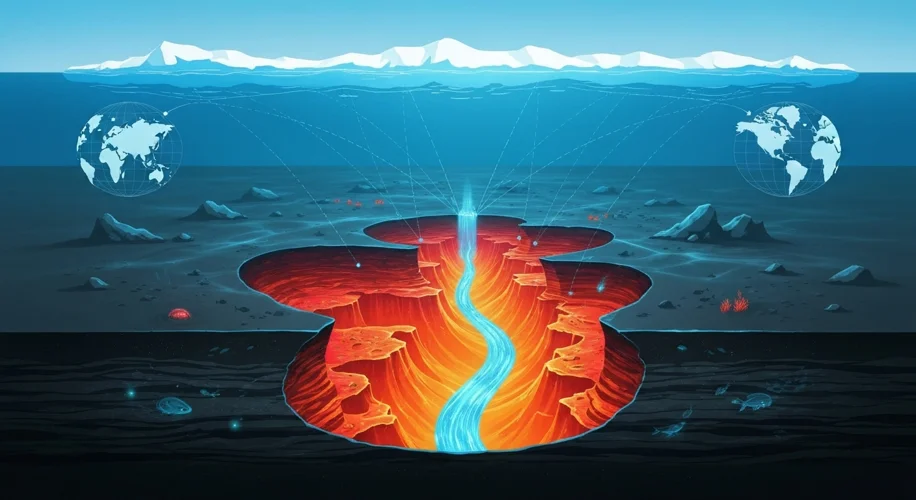Today, August 6, 2025, I want to dive into some fascinating science happening way down south. Did you know that beneath the vast, icy expanse of Antarctica, scientists have recently mapped an astonishing network of canyons? We’re talking about 332 of them, carved into the seafloor, and these underwater giants might be playing a much bigger role in our planet’s climate than we ever imagined.
For years, we’ve focused a lot on the ice shelves and glaciers of Antarctica – and rightly so, they’re crucial indicators of climate change. But this new research, using advanced seafloor mapping technology, is giving us a whole new perspective. These canyons aren’t just random features; they’re like deep channels that can influence how ocean currents flow. And why does that matter?
Well, those ocean currents are the planet’s great conveyor belts, moving heat and nutrients around the globe. In Antarctica, these currents play a critical role in bringing warmer ocean water into contact with the base of the ice shelves. The warmer the water that reaches the ice, the faster it melts. And as you know, melting Antarctic ice contributes significantly to sea-level rise.
The scientists behind this mapping effort are using this detailed understanding of the seafloor topography to refine climate models. By knowing exactly where these canyons are and how they might channel warmer water, they can create more accurate predictions about how quickly Antarctic ice might melt in the future. This isn’t just about curiosity; it’s about building better tools to understand and potentially prepare for the impacts of climate breakdown.
Think about it: the shape of the seafloor, hidden beneath miles of ice and water, has a direct link to the rate at which a continent’s ice is disappearing. It’s a stark reminder that our planet is an incredibly complex, interconnected system. What happens in the deep ocean can ripple all the way up to affect coastal communities and global weather patterns.
This discovery is a powerful example of how continued scientific exploration and technological advancement help us unlock the planet’s secrets. It’s the kind of work that allows us to move beyond just observing climate change to truly understanding the intricate mechanisms driving it. And with that understanding, we can better focus our efforts on solutions.
It’s a lot to take in, but it’s also incredibly hopeful. Knowing more allows us to act smarter.

